Formula 1
Flavio Briatore Returns to Alpine in an Advisory Role
Alpine’s bold move to bring back Flavio Briatore as Executive Advisor aims to inject experience and strategic guidance amidst internal turmoil and performance challenges, signaling a pivotal shift in their Formula One strategy.

Alpine is currently in the midst of a significant crisis. The team is struggling with internal cohesion and performance issues. Despite CEO Luca De Meo’s efforts to clarify team goals, uncertainties persist. The French squad’s objective in Spain is to boost their points tally and climb up the standings. David Sanchez, a former Ferrari engineer, has recently joined the team amidst these turbulent times. However, the most unexpected development is Alpine’s announcement of Flavio Briatore’s return to Formula One after 14 years, as Executive Advisor.
“Briatore will predominantly focus on top level areas of the team including: scouting top talents and providing insights on the driver market, challenging the existing project by assessing the current structure and advising on some strategic matters within the sport.” – Motorsport.com
Briatore’s role extends beyond its initial impression. He will focus primarily on high-level areas such as talent scouting and insights into the driver market. Evaluating the current team structure, and advising on strategic matters are also some aspects he will look into.
Speculations about Alpine’s future have been rife for weeks, with the team denying rumours of an imminent Formula One exit. There are also discussions about Alpine potentially becoming a customer team after 2026, relinquishing their Renault engine. With Esteban Ocon set to depart after the season, Alpine faces the task of rebuilding its driver lineup.
A Journey from Business Ventures to Formula One
Born on April 12, 1950, Flavio Briatore has ventured through multiple business endeavours, ranging from ski instructing to restaurant management and door-to-door insurance sales. His early career took a tumultuous turn when his involvement with the Paramatti Vernici paint company led to his arrest on several counts of fraud. Evading a prison sentence, Briatore fled to the Virgin Islands during his legal proceedings.
His entry into Formula One was facilitated by Luciano Benetton, who appointed him as commercial director of the Benetton F1 Team. Later promoting him to team principal.

Under Briatore’s leadership, Benetton F1 achieved notable success, particularly with Michael Schumacher, whom Briatore recruited from Jordan in 1991. The team built around Schumacher secured victories in races like Spa in 1992 and Estoril in 1993. And ultimately clinching the 1994 and 1995 Drivers’ and 1995 Constructors’ Championships.

Schumacher won his first championship in the Australian GP ’94
Success brought greater scrutiny, leading to several allegations of cheating against Benetton. The FIA had banned several electronic aids for the 1994 season to emphasize driver skills. However, Michael Schumacher’s controversial win in Brazil gave rise to suspicions. Later in the season, a pit stop fire involving driver Jos Verstappen led to an investigation. This revealed a tampered fuel valve that allowed faster refuelling. Although Benetton blamed equipment manufacturer Intertechnique, they were found guilty but not punished.
The deaths of Ayrton Senna and Roland Ratzenberger at Imola brought further controversy. Accusations were that Benetton, McLaren, and Ferrari were still using banned traction control. However, Benetton was fined for delaying the submission of their engine management systems. They avoided punishment for hidden traction and launch control software due to a lack of evidence of its use.
Following Imola, the FIA introduced emergency regulations to reduce car speed, causing further issues and high-speed crashes.
The “plank” was one of these tactics; it was a piece of wood fastened to the car’s underbelly that raised the ride height and decreased downforce while simultaneously keeping an eye out for excessive wear. According to the regulations, the plank had to measure a standard 10 mm, plus one for wear. After the Belgian Grand Prix, Schumacher’s car clocked in at 7.4mm, 1.6 under tolerance leading to disqualification.
At the British GP, Schumacher’s team delayed serving a penalty, resulting in another inquiry and substantial fines. Schumacher was also banned for two races but still won the championship in 1995 before moving to Ferrari. Without him, Briatore struggled and was replaced by Dave Richards in 1997.
Return To Formula One
Flavio Briatore returned to F1 in 2000 as a manager to Spanish driver Fernando Alonso when Renault bought the Benetton F1 Team. Alonso first drove for Minardi. Later taking the role of test driver of Renault and soon took away the seat from Jenson Button at Renault itself. The Spaniard won two back-to-back championships in 2005 and 2006.

2008 saw one of the biggest controversies in the sport’s history, the infamous “CrashGate Scandal”.
In 2007, McLaren, pursued Flavio Briatore’s prized asset, while Briatore had a stable of drivers including Mark Webber and Nelson Piquet Jr, who underperformed for Renault and faced little loyalty. The major scandal that year, Spygate, involved McLaren possessing detailed Ferrari technical information. Briatore accused McLaren’s Ron Dennis, and although McLaren initially avoided punishment, new evidence from Fernando Alonso, unhappy at McLaren and outpaced by rookie Lewis Hamilton, led to a $100 million fine and exclusion from the constructors’ championship.
Alonso, managed by Briatore, returned to Renault after the season. Yet Renault themselves weren’t innocent in the Spygate scandal, as they had acquired information “including, but not limited to the layout and critical dimensions of the McLaren F1 car, together with details of the McLaren fuelling system, gear assembly, oil cooling system, hydraulic control system, and a novel suspension component used by the 2006 and 2007 McLaren F1 cars,” according to an FIA statement. Renault found guilty of having McLaren’s technical information, faced no penalties.
Taking aid from chief engineer Pat Symonds, Favio Briatore started planning the exact moment and turn at which Nelson Piquet Jr. would crash. This led to the deployment of a safety car, leading to Alonso winning the Singapore GP.

Piquet Jr crashed in the 2008 Singapore GP.
Allegations of race fixing surfaced following Piquet’s contentious departure from Renault in 2009. The FIA charged Renault with conspiracy in September ’09 offering Piquet Jr. immunity in exchange for his testimony. Despite Briatore and Symonds threatening legal action against Piquet Jr., Renault eventually chose not to contest the charges. Both Flavio Briatore and Symonds left the team.
Despite the mounting evidence against him, Briatore continued to plead innocent. Nonetheless, the FIA imposed a lifetime ban on Briatore from all sanctioned events. They also barred any drivers he managed from obtaining a Superlicense, effectively ending his involvement in Formula 1. FIA showed leniency towards Renault for their swift action following the allegations. The team received a two-year probation with the condition that any similar future misconduct would result in a lifetime ban.
On January 5th, 2010 the French court overturned the ban and awarded Briatore €15,000 in compensation. The FIA accepted the court’s decision and in April ’10 they announced a settlement with both. Both men agreed not to work in Formula One until 2013, or any other FIA-sanctioned championship until the end of 2011.
Despite the controversies that have defined his career, Flavio Briatore remains a polarizing figure in Formula One, now poised to influence Alpine’s trajectory in his new advisory role.
Read our preview of this weekend’s Spanish Grand Prix here
Formula 1
INTERVIEW: Everything you need to know about watching Formula 1 on FanCode in 2026
FanCode and Formula 1 have extended their streaming rights deal until at least 2028. As Formula 1’s future in India enters a new phase, the key question for fans is how F1 TV fits into this new setup under FanCode’s exclusive partnership.

On 16 December 2025, FanCode and Formula 1 announced a multi year contract extension that grants the Indian streaming platform exclusive rights to live stream Formula 1 in India. Following the announcement, we spoke to Yannick Colaco, co founder of FanCode, to discuss the journey of the partnership so far, what the new deal means for the future of Formula 1 on the platform, the features fans can expect going forward, and to address some of the key questions from Indian viewers.
Table of Contents
The future of F1TV in India
The official Formula 1 press release stated that “F1 TV Pro and F1 TV Premium will be sold directly via FanCode,” a line that raised several questions among Indian Formula 1 fans. Addressing the confusion, Yannick Colaco clarified that F1 TV will continue to function exactly as it did this year, with the only change being the purchase flow. Subscriptions will now be routed through FanCode, a move aimed at streamlining the experience by bringing everything under a single platform.
“The biggest question is whether anything will change in terms of what users get from F1 TV and FanCode. The answer is yes, but it will be better.”
Driver on board cameras and multiple commentary options on FanCode
On driver on board cameras and commentary options, FanCode’s focus is on offering choice rather than duplicating features. As Yannick Colaco put it, “we don’t want to replicate stuff, we want to give the user the option to choose.” He explained that FanCode does not plan to recreate F1 TV features on its own platform, especially since those tools already exist for fans who choose an F1 TV package through FanCode.

Colaco also spoke about commentary preferences, acknowledging that fan opinions are divided. He noted that research done before FanCode’s 2024 launch showed that many regular users were already critical of the F1 TV commentary. “When we launched Formula 1 on FanCode, we wanted to give fans something different, and Sky Sports was the best coverage available,” he said. At the same time, FanCode will continue listening to viewers and expand its options.
Looking ahead, FanCode is also exploring the addition of more regional language feeds, further widening access to Formula 1 for fans across India.
4K Streams on Fancode? Maybe not in the short term
FanCode has made it clear that 4K streaming is unlikely in the short term. Yannick Colaco explained that access to live 4K remains extremely limited, saying, “the reality is, there is less than 1% or may be lower percentages of end consumers who can access live 4K right now.” He added that owning a 4K TV does not automatically mean viewers are actually receiving a true 4K stream.

Colaco also pointed out that the bigger challenge lies in the last mile viewing experience and the infrastructure available to users. “It about how do you improve the last mile viewing experience of the consumer in the infrastructure that the consumer has,” he said. FanCode’s focus, he explained, is not just on delivering the best possible stream, but on doing so efficiently, adding, “it’s not just the question of giving you access to multiple stream quality options, the focus is on giving you the best quality of stream which most efficiently uses the infrastructure each fan has available to access it.”
The new Packages and Pricing
FanCode is currently finalising its pricing tiers and subscription plans for the upcoming season. While the full details are still being worked out, users will be able to choose from multiple plans, including a dedicated option to access F1 TV in India. FanCode’s popular race by race pass is also set to continue, giving fans flexible ways to follow the championship. Pricing information is expected to be announced sometime in mid January.
Speaking on the approach, Yannick Colaco explained that FanCode will become the single entry point for watching Formula 1 in India, while still offering choice in how fans consume the sport. Regional feeds, weekend passes, monthly packages, and F1 TV subscriptions will all be available through FanCode. He added that fans who opt for an F1 TV package will continue to use the F1 TV app as they do currently, with FanCode handling the access and purchase experience.
What about using third-party apps like Multiview?
Popular third party apps such as Multiviewer for F1 require users to log in using their F1 TV account credentials. Under the FanCode setup, subscribers who opt for a supported plan will continue to receive F1 TV account credentials, allowing them to access content directly through the official F1 TV app. As a result, third party tools like Multiviewer for F1 will remain usable, just as they have been until now.

The Pre-roll and picture-in-picture ads
On pre roll and picture in picture advertising, FanCode maintains that ads are a necessary part of keeping Formula 1 accessible in India, while still trying to minimise disruption for viewers. Yannick Colaco explained the balancing act involved, saying, “I think it is balanced. We need to do advertising because it is an important part of how we can afford to pay for all of this, its part of our business model but we to figure out how to do it with the least intrusive ways to fans.” He added that split screen ads were introduced with that intent, noting that “we do a maximum of 2 per race,” and that the team tries to place them at moments that do not interrupt the action. At the same time, he admitted that the execution still needs improvement, saying, “I will be honest we haven’t been successful enough, we need to do a much better job on it.”

Colaco also revealed that FanCode is open to offering an ad free option at a premium price. He pointed out that a similar experiment was tried during cricket coverage a few years ago, where a completely ad free stream was offered for an extra charge. However, despite complaints about ads, most users were unwilling to pay the higher price.
When asked whether advertising helps keep prices low for consumers, Colaco was clear. “Yes, absolutely,” he said, adding that the current pricing is almost unheard of globally. “I don’t think anywhere in the world, someone can watch a Formula 1 race for Rs.69, around 60 cents a race. It’s just unheard of, like I think even the Formula 1 people think we are mad. We have to figure out a way to balance and provide the cheap prices.”
Desi Racing Co. is dedicated to bringing the latest updates and insights from the world of motorsport. Whether it’s Formula 1, Formula 2, WEC, MotoGP, Indian motorsports, or other racing series, we’ve got you covered! Stay connected with us for in-depth motorsport coverage. Follow us on Twitter/X, Instagram, and LinkedIn to keep up with the latest motorsport news and updates.
Formula 1
How did Kush Maini perform in the Formula 1 post-season test?
Kush Maini became only the third Indian driver to take part in an official Formula 1 session, after Narain Karthikeyan and Karun Chandhok.

Kush Maini got a chance to drive Alpine’s 2025 challenger, the A525 in the post-season young driver test on Tuesday following the Abu Dhabi GP. This marked his first time driving a modern Formula 1 machinery, as the previous F1 tests were part of the ‘Testing Previous Cars’ programme. He also became the third Indian driver to take part in a official Formula 1 session, which is more than a decade later.
How were the test cars different from the ones used in 2025 Abu Dhabi GP weekend?
Regular drivers and rookie drivers ran two different types of cars during the test. A mule car adapted to approximate 2026 performance levels was assigned to the senior and more experienced drivers, while lightly modified 2025 cars were used by the young and rookie drivers. It’s also worth noting that a 290-300 kmph speed limit was enforced throughout the test. It should also be noted that the lap times are not representative, as each team follows different run plan and testing objectives set by Pirelli.
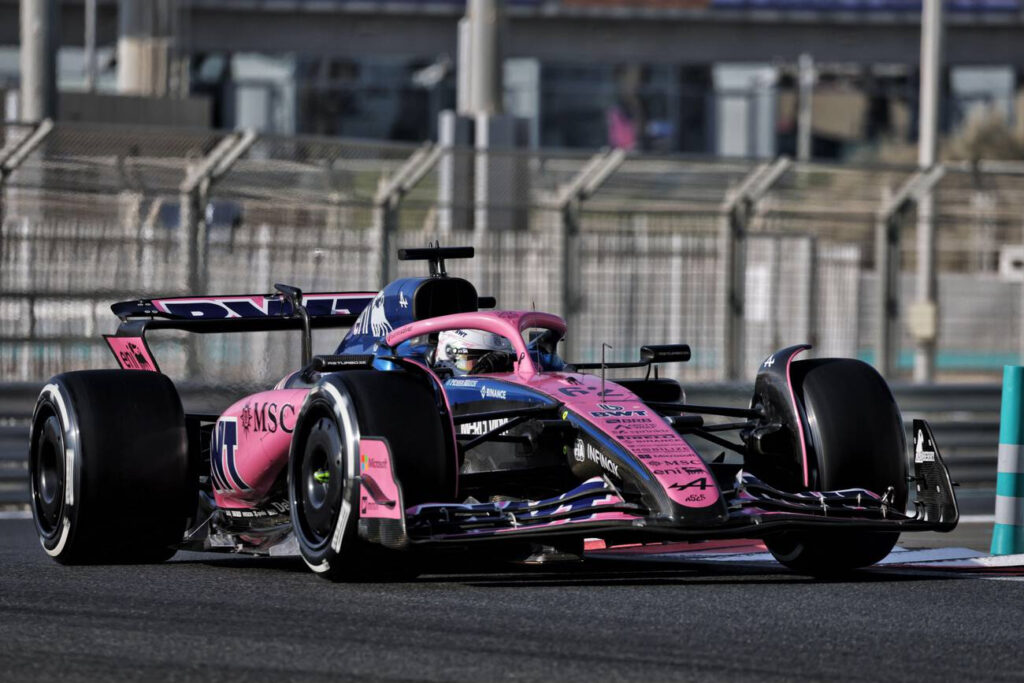
The Performance? Super impressive!
Desi Racing Co understands that both Kush Maini and Pierre Gasly ran the 2026 mule car, unlike several other teams. Both drivers followed the same run plan, with only minor setup changes tailored to their individual driving styles, while the baseline setup remained identical.
The only key difference between the two cars was tyre allocation. Maini ran on the 2025 tyres, while Gasly tested the new 2026 rubber. Across the test, Kush Maini finished just 0.111 seconds off Pierre Gasly’s pace, an impressive showing for the Indian driver given it was his first outing in the A525.
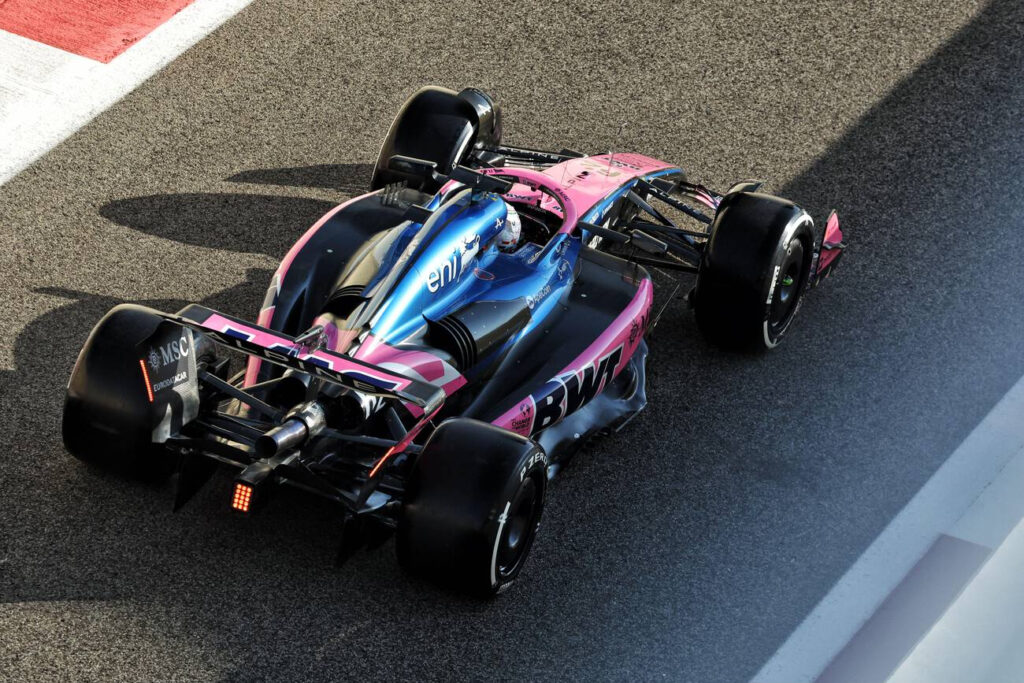
The Morning session
Kush Maini took to the track for the first time in modern Formula 1 machinery and set a best time of 1:27.544, just a tenth of a second slower than Pierre Gasly’s 1:27.433. In the morning session Maini completed a total of 59 laps, which is a lap more than the race distance of the Abu Dhabi GP.
The Afternoon session
Kush Maini headed out in the afternoon session for two race runs alongside Pierre Gasly. We understand that on one of Maini’s runs, he was quicker than Gasly, while on the second he matched Gasly’s pace. After completing the two runs, Maini’s day came to an end, while Gasly stayed on track for one additional race run. Kush Maini completed 69 laps in the afternoon session, bringing the total to 129 laps which is more than double the race distance of the Abu Dhabi GP.
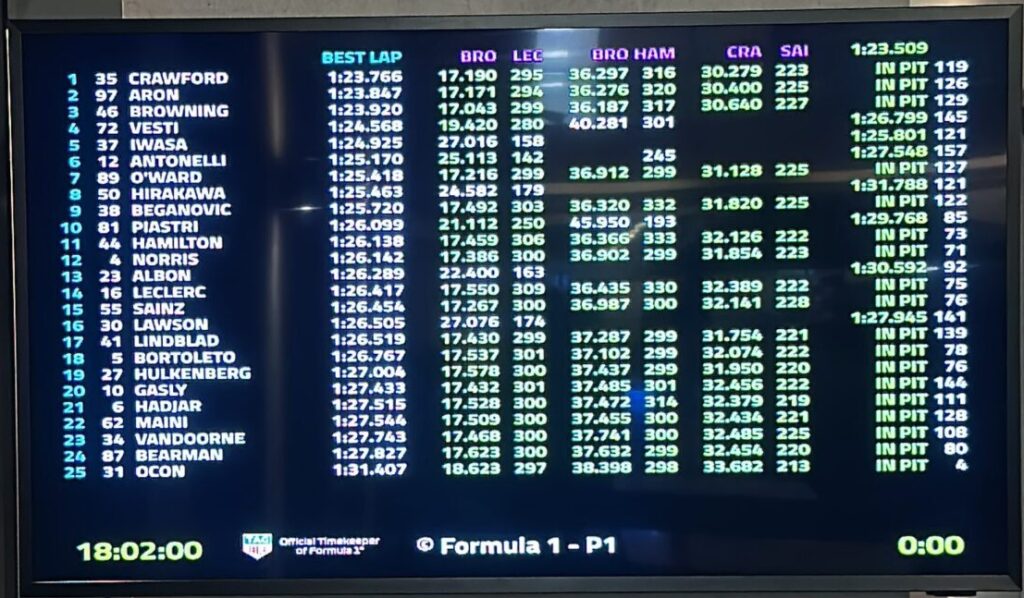
Here is What Kush Maini has to say about the test
“What an amazing experience for me. Firstly, thanks to the team for the opportunity and for all their effort in helping me prepare and executing a really solid day. Everyone at the team has been super to work with, so professional and I have learned a lot today. I felt comfortable and I could just focus everything on completing the run plans, lap by lap. The car ran well, it is just so well engineered and nice to drive, so physically it felt good, but maybe I will have some fatigue in the coming days. It was really cool to have Pierre next to me; he is probably the best driver coach to have so thanks to him too. I think today will take a while to sink in and I am just really grateful to have had this chance.” – Kush Maini
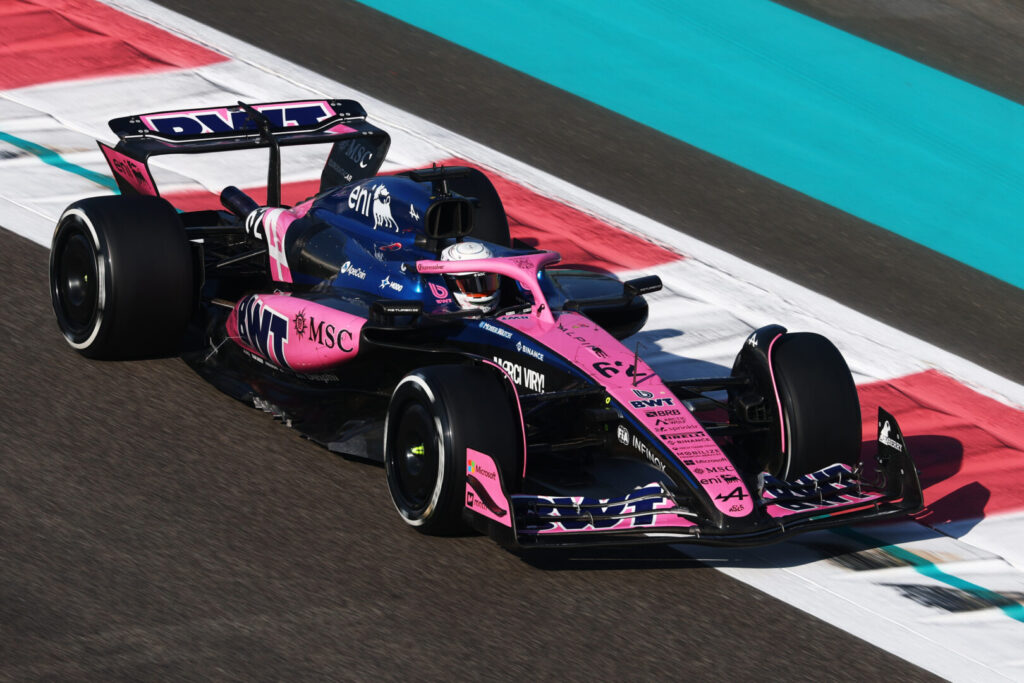
Dave Greenwood, Racing Director, Alpine F1 Team
“Today was our final on-track running of 2025 at the Abu Dhabi post-season test. Kush has had a smooth day in the car, for his first time in a full test session with the team in an official capacity. He worked very hard with the engineers in preparation and has given us some very good feedback from his running, so well done to him for his enthusiasm and professionalism.” – Dave Greenwood
Desi Racing Co. is dedicated to bringing the latest updates and insights from the world of motorsport. Whether it’s Formula 1, Formula 2, WEC, MotoGP, Indian motorsports, or other racing series, we’ve got you covered! Stay connected with us for in-depth motorsport coverage. Follow us on Twitter/X, Instagram, and LinkedIn to keep up with the latest motorsport news and updates.
Formula 1
Red Bull Promote Arvid Lindblad to Formula 1, a Driver with Indian Heritage
Red Bull has promoted junior driver Arvid Lindblad to Formula 1, confirming that he will join their sister outfit, Racing Bulls, for the 2026 season.

Eighteen-year-old British driver Arvid Lindblad has been promoted to Formula 1 for the 2026 season and will line up for Racing Bulls, Red Bull’s junior team. Lindblad also carries a notable link to India through his mother’s side, a heritage he has acknowledged proudly while speaking about his family background.
Early career
His first full season in cars came in 2023, when he contested the Formula 4 UAE Championship and the Italian F4 Championship. Strong early results, including six wins and a dominant triple victory at Monza, helped establish his reputation. He capped off his F4 campaign by winning the Macau F4 World Cup, a prestigious non-championship event that often serves as a proving ground for future stars.
In 2024, Lindblad stepped into FIA Formula 3 with Prema Racing and delivered one of the standout rookie seasons in memory. A victory in Bahrain made him the youngest F3 winner in history, and a double win at Silverstone underscored his racecraft and maturity. Finishing 4th in the standings and earning the Aramco Best Rookie Award solidified his place among the category’s elite.

The momentum carried into 2025 as he advanced to FIA Formula 2 with Campos Racing. Once again, he made history, claiming a milestone win in Jeddah to become the youngest race winner in F2. Two victories, four podiums, and a 7th-place championship finish highlighted a season of rapid learning and refinement. His trajectory was further validated when he received special dispensation to make his Formula 1 practice debut for Red Bull Racing at Silverstone — an opportunity rarely granted to drivers so early in their careers.
Indian connection
Born in London to a Swedish father and an Indian mother, Arvid Lindblad grew up in a home shaped by more than one culture. His mother, Anita, comes from an Indian family, and that background has remained a quiet but steady part of his life. Arvid Anand Olof Lindblad’s Indian roots come from his mother’s side of the family, a detail he has acknowledged openly when speaking about his upbringing.
“I’m very proud of my Indian heritage. My mum is Indian and I’m very proud of that. I carry that with me.”- Arvid Lindblad

His mother, Anita Ahuja, adds that while Arvid may not wear his Indian identity on his sleeve, it is reflected in the confidence and clarity with which he is navigating his career at such a young age.
“He’s incredibly close to his grandparents, my parents. My mom is Sikh, my dad is Hindu. My husband Stefan and I were married in a Hindu ceremony and a Christian ceremony, and both my sons were baptised in the Church, Gurudwara and Temple. Arvid himself isn’t probably aware of it, but he has deep Indian values – work hard, be humble and be grateful for all we have,” she says.
The closest to an Indian F1 driver?
Although Arvid Lindblad doesn’t race under the Indian flag, he may be the closest connection India has to a Formula 1 driver in the near future. At the moment, it seems unlikely that Kush Maini will get a full-time F1 seat, and the next group of Indian talents are still early in their careers.
Akshay Bohra and Dion Gowda have only just completed their first season in Formula Regional in 2025, which means they are still some steps away from the levels needed for F2 and eventually F1. Another young driver with potential is Aryaman Bansal, who has just finished his debut season in single-seaters, but he too remains several years from reaching the top of the motorsport ladder.
Desi Racing Co. is dedicated to bringing the latest updates and insights from the world of motorsport. Whether it’s Formula 1, Formula 2, WEC, MotoGP, Indian motorsports, or other racing series, we’ve got you covered! Stay connected with us for in-depth motorsport coverage. Follow us on Twitter/X, Instagram, and LinkedIn to keep up with the latest motorsport news and updates.
-

 Formula 12 years ago
Formula 12 years agoFancode: Everything you need to know before the Bahrain GP
-

 DTM1 year ago
DTM1 year agoDTM 2024: Cars back in action at the Nürburgring GP
-

 Formula 11 year ago
Formula 11 year agoGIFT City’s Formula 1 Racetrack Plans Hit a Roadblock
-

 Formula 12 years ago
Formula 12 years agoFormula 1 in India: A Curious Case
-

 Endurance/Sports car racing1 year ago
Endurance/Sports car racing1 year ago“I Want to Return to Single-Seaters and Reach Formula 1”: Mahaveer Raghunathan on His Ambitions, Challenges, and Racing Journey
-

 Indian Motorsports11 months ago
Indian Motorsports11 months agoGoa Street Circuit Set to Become India’s Newest Motorsport Destination
-

 MotoGP2 years ago
MotoGP2 years agoJio Cinema will be the Indian OTT broadcaster for MotoGP
-

 Indian Motorsports2 years ago
Indian Motorsports2 years agoDominant Wins and Close Battles Mark Round 1 of MECO-FMSCI



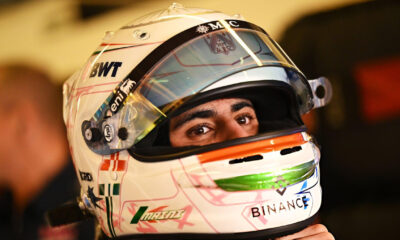

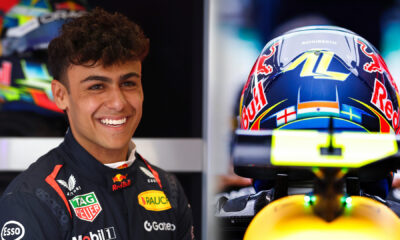

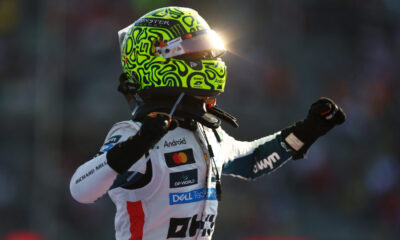

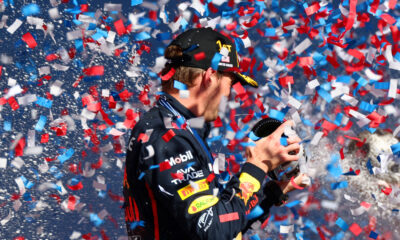







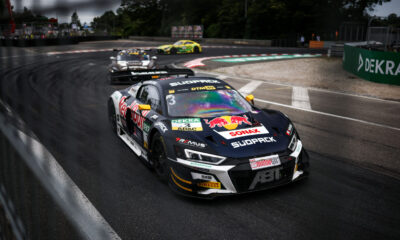



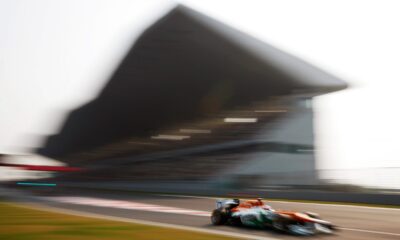

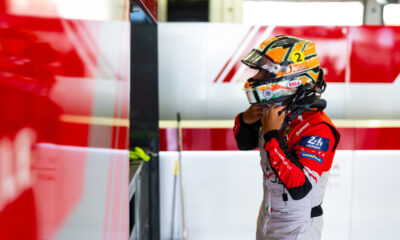

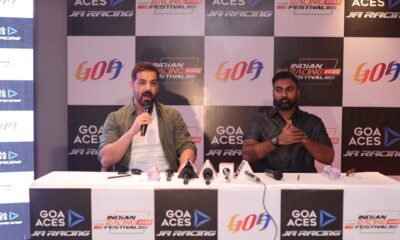





Pingback: Formula 1 Spanish GP Review: Verstappen gets a hard fought victory - Desi Racing Co